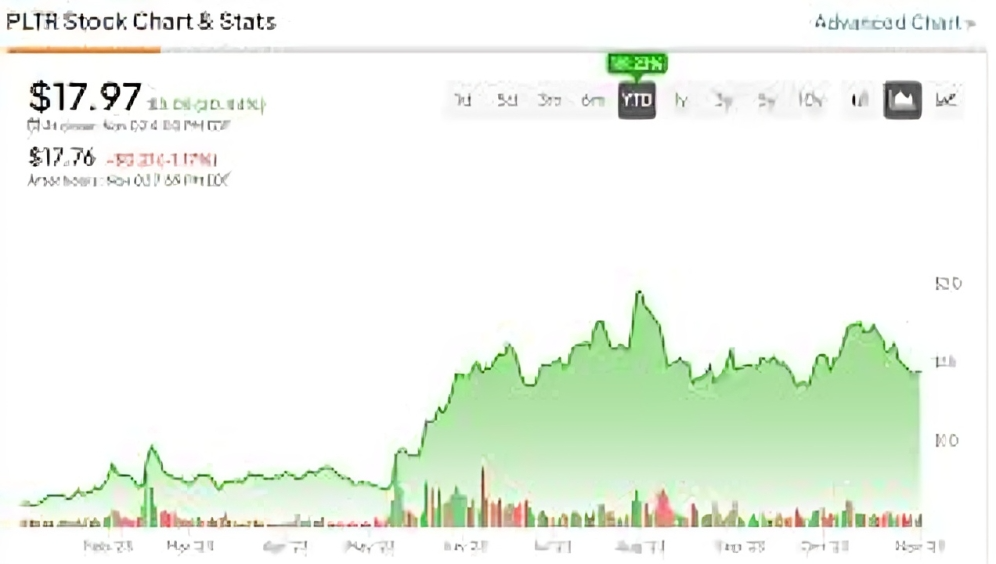Ethereum Price (ETH) has rapidly become one of the most prominent cryptocurrencies in the market since its launch in 2015. As the second-largest cryptocurrency by market capitalization, its price movements are closely watched by investors, traders, and enthusiasts alike. In this article, we will explore the factors influencing Ethereum Price, recent trends, and what the future might hold for this dynamic digital asset.
What is Ethereum Price?
Before diving into the price dynamics of Ethereum Price, it’s crucial to understand what Ethereum is and what sets it apart from other cryptocurrencies. Ethereum is a decentralized platform that enables developers to build and deploy smart contracts and decentralized applications (dApps). Unlike Bitcoin, which primarily serves as a digital currency, Ethereum Price is designed to be a versatile platform that supports various functionalities, including decentralized finance (DeFi), non-fungible tokens (NFTs), and more.
Historical Price Trends of Ethereum Price
Ethereum Price has experienced significant price fluctuations since its inception. Here’s a brief overview of its historical price performance:
- 2015: Ethereum was launched at an initial price of around $0.30. It gained traction among developers and investors, leading to increased demand.
- 2017: The price skyrocketed, reaching an all-time high of approximately $1,400 in January 2018 during the initial coin offering (ICO) boom. This surge was fueled by the growing interest in blockchain technology and decentralized applications.
- 2018: The market saw a significant correction, with Ethereum’s price plummeting to around $80 by December 2018. This decline was attributed to regulatory concerns and the bursting of the ICO bubble.
- 2020: Ethereum began to regain momentum, fueled by the rise of DeFi projects and the growing interest in NFTs. By the end of the year, Ethereum reached around $700.
- 2021: The price of Ethereum exploded, surpassing $4,300 in May 2021 as mainstream adoption and institutional investment surged. The growing demand for DeFi and NFTs played a pivotal role in this price surge.
- 2022-2023: Ethereum experienced fluctuations, driven by macroeconomic factors, regulatory developments, and market sentiment. Prices ranged between $1,200 and $3,500, reflecting both bullish and bearish trends.
Key Factors Influencing Ethereum Price
1. Market Demand and Supply
Like any asset, the price of Ethereum Price is influenced by market demand and supply. When demand exceeds supply, prices tend to rise, and vice versa. Factors such as investor sentiment, trading volume, and market speculation play a critical role in shaping demand.
2. Technological Developments
Ethereum Price is constantly evolving, and technological advancements can significantly impact its price. For example, the transition from Ethereum 1.0 to Ethereum 2.0, which aims to improve scalability and reduce energy consumption, has generated significant excitement in the market. Successful upgrades and implementations can boost investor confidence, leading to price increases.
3. Regulatory Environment
The regulatory landscape surrounding cryptocurrencies is ever-changing. Positive regulatory developments, such as the approval of cryptocurrency ETFs or clearer guidelines for blockchain projects, can lead to increased institutional investment and higher prices. Conversely, negative regulatory news can create uncertainty and drive prices down.
4. Competition from Other Blockchains
Ethereum faces competition from other blockchain platforms like Binance Smart Chain, Solana, and Cardano. If these competing networks offer better scalability, lower transaction fees, or more robust ecosystems, they may attract developers and users away from Ethereum, impacting its price.
5. Investor Sentiment and Market Psychology
Investor sentiment plays a crucial role in determining Ethereum Price. News events, social media trends, and market speculation can create bullish or bearish sentiment, leading to price swings. Fear of missing out (FOMO) and fear, uncertainty, and doubt (FUD) can drive traders to buy or sell, impacting price volatility.
6. Macroeconomic Factors
Global economic conditions, such as inflation rates, interest rates, and geopolitical events, can influence investor behavior and sentiment toward cryptocurrencies, including Ethereum. During times of economic uncertainty, investors may flock to cryptocurrencies as a hedge against traditional markets, impacting demand and prices.
7. NFT and DeFi Market Growth
The growth of the NFT and DeFi sectors has significantly influenced Ethereum’s price. As more projects are built on the Ethereum network, demand for ETH as the primary currency for transactions increases. This growing ecosystem can lead to increased adoption and higher prices for Ethereum.
8. Staking and Ethereum 2.0 Transition
The transition to Ethereum Price 2.0, which includes the implementation of proof-of-stake (PoS), is expected to have a profound impact on the network and its price. Staking ETH allows holders to earn rewards, potentially increasing demand and driving up the price. The reduced supply of ETH available for trading during the staking process can further support price growth.
Recent Price Trends
As of October 2024, Ethereum’s price has been fluctuating within the range of $2,000 to $2,500. This stability can be attributed to several factors:
- Technological Advances: The Ethereum community has been actively working on upgrades and improvements, particularly regarding scalability and transaction fees. The successful implementation of these upgrades has fostered a positive outlook among investors.
- Growing Institutional Interest: Institutional investors have increasingly recognized the potential of Ethereum as an investment asset. High-profile companies and funds have begun to allocate portions of their portfolios to Ethereum, boosting demand and confidence.
- Regulatory Clarity: Recent developments in regulatory clarity surrounding cryptocurrencies have positively impacted market sentiment. A more favorable regulatory environment can attract new investors and support price stability.
- Continued Growth of DeFi and NFTs: The popularity of DeFi and NFTs remains strong, with Ethereum serving as the backbone for many projects in these sectors. This ongoing growth creates sustained demand for ETH.
Future Outlook for Ethereum Price
Predicting the future price of Ethereum Price is challenging due to the volatile nature of cryptocurrency markets. However, several trends and developments could influence its trajectory:
- Adoption of Ethereum 2.0: The full implementation of Ethereum 2.0 could drive demand for ETH, particularly as staking becomes more prevalent. The improved scalability and reduced transaction fees may attract more developers and users to the network.
- Integration of Layer 2 Solutions: Layer 2 solutions like Optimistic Rollups and zk-Rollups aim to improve Ethereum’s scalability by processing transactions off-chain. The success of these solutions could alleviate congestion and lower fees, enhancing user experience and driving adoption.
- Expansion of DeFi and NFTs: The growth of DeFi platforms and NFT marketplaces will likely continue to fuel demand for Ethereum. As more innovative projects emerge, the need for ETH as a utility token may drive prices higher.
- Global Economic Conditions: Macroeconomic factors, including inflation, interest rates, and geopolitical events, will continue to influence investor behavior. A favorable economic environment may lead to increased interest in cryptocurrencies, including Ethereum.
- Regulatory Developments: The evolving regulatory landscape will play a crucial role in shaping Ethereum’s future. Positive regulatory developments could bolster confidence and drive institutional investment, while negative news could create volatility.
Conclusion
Ethereum Price is influenced by a multitude of factors, including market demand and supply, technological advancements, regulatory developments, and investor sentiment. As the cryptocurrency landscape continues to evolve, staying informed about these factors is essential for anyone looking to invest in Ethereum. While predicting its price movements can be challenging, the ongoing growth of the Ethereum ecosystem and its technological advancements position it well for the future. As always, investors should conduct thorough research and consider their risk tolerance before investing in cryptocurrencies.
By understanding the factors that influence Ethereum Price, investors can make informed decisions and navigate the dynamic world of cryptocurrency more effectively.




